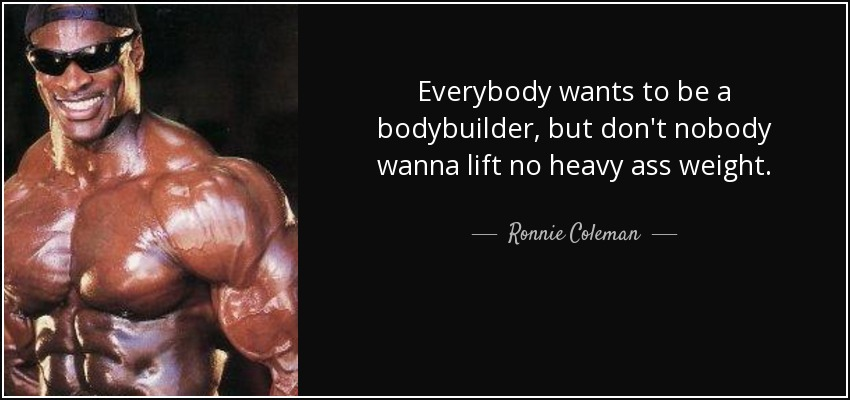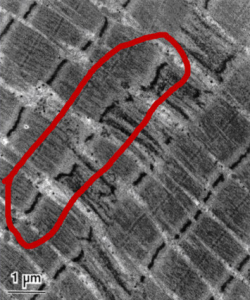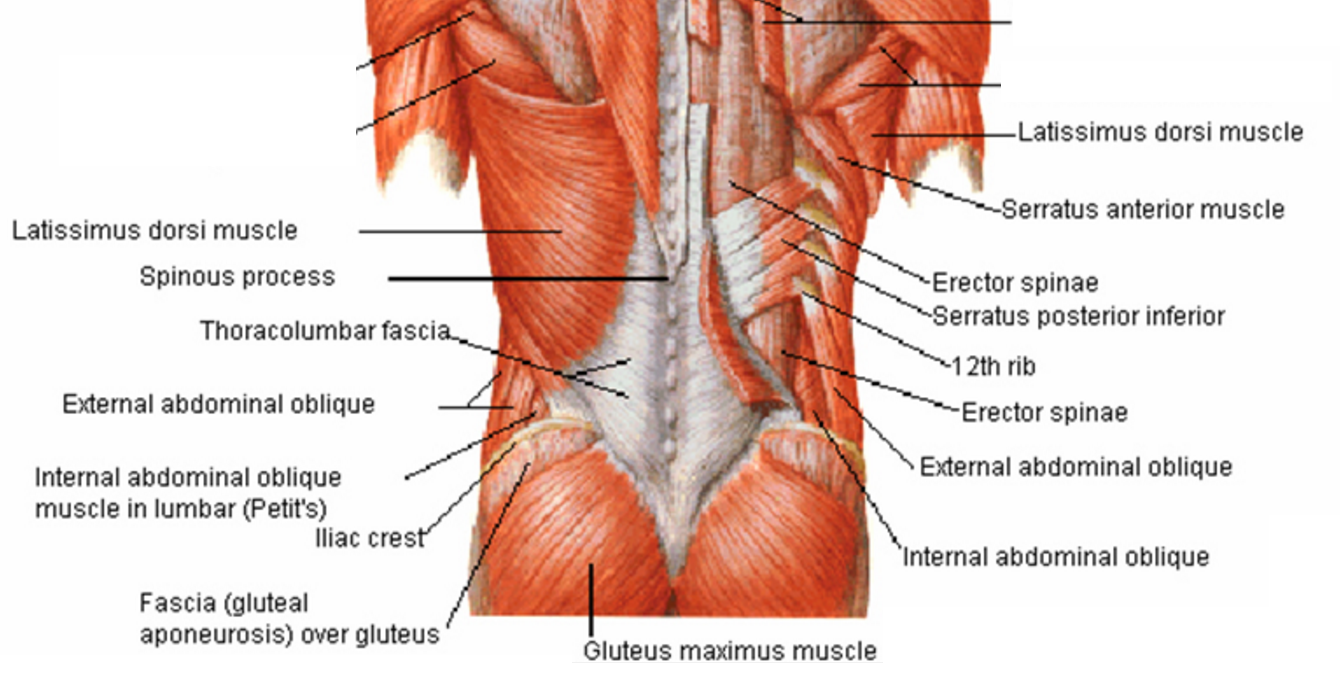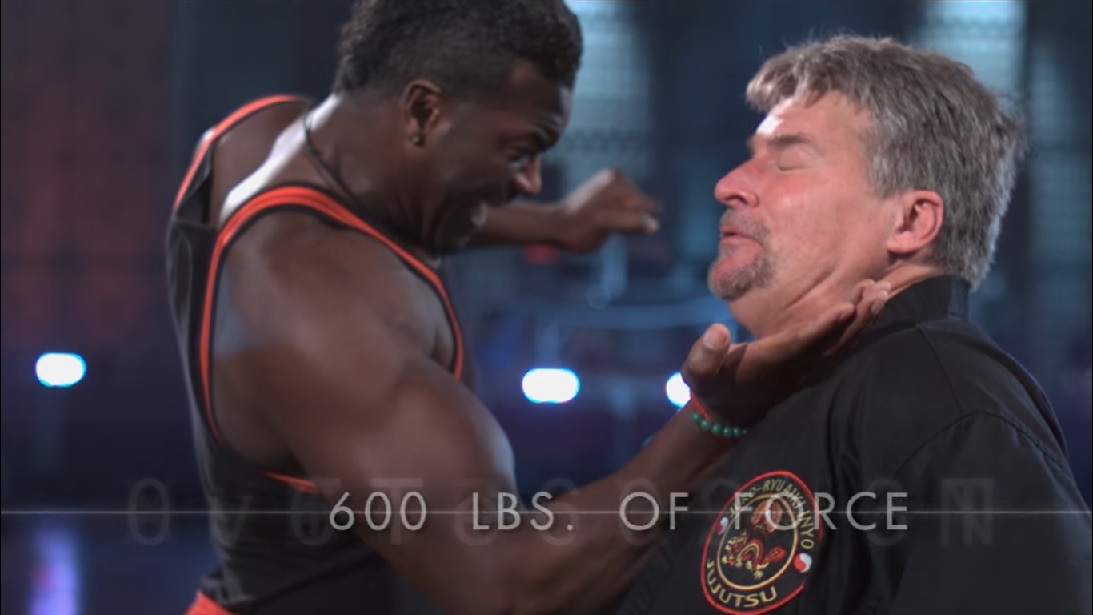If you love to get amongst it and lift some heavy ass weights that would make even Ronnie Coleman proud, then you’re more than likely susceptible to some form of muscle soreness along the way. But even if you don’t lift heavy ass weights, and do engage in some form of exercise, then you are, too, susceptible to experiencing them.

Whether it be in the legs, the chest, the back, or the arms, delayed onset muscle soreness (DOMS) is a staple scenario for anyone looking at getting bigger, faster, stronger, leaner, better. The LOL’s heard around the dinner table when someone attempts to stand up after a tough leg session displays just that. So do the LOL’s coming from your friend when you’re telling them another one of your ingenious jokes, but is insisting you cease immediately on account of their ab DOMS killing them.
Oddly enough, however, when it comes to DOMS in the lower back, how dare thee! Alarm bells are rung, anxiety levels rise, little fairies burst into flames.
What is necessary to understand when it comes to DOMS here is that yes, there are indeed muscles in your lower back. And yes, these muscles can also be put under enough stress to warrant DOMS kicking in.
Let me explain.
DOMS
DOMS is an experience people can obtain when they push their body past its typical threshold. A threshold, as such, that they are not typically accustomed to.
In the past, DOMS was thought to be due to a lactic acid build-up or the existence of a mysterious substance dubbed ‘p’ (for pain). But more recently, it has been found to more than likely be ‘mechanical stress’ within the muscle fibres.
To gain them, all one must do is contract the muscle either concentrically, eccentrically, isometrically, or a combination of them, and they can deal with DOMS for the next 24 to 120 hours.
The level or severity of DOMS can differ depending on training intensity, training age, biological age, previous damage to the muscle tissue/tendons, and even how good your body is at dealing with inflammation. But you can read more about the story of DOMS here.
As I mentioned above, the lower back has muscles. Which makes it a prime candidate for DOMS. Especially when you consider the intricacy and density of the muscles that make up the lower back region.
Quite complex, right? 10 points if you can guess which muscle keeps the spine erect.
We should all take a moment out of our day to thank the muscles surrounding our spine to help us from falling apart and to aid in keeping us vertical. We should all also take on the reality that where there’s muscle, there’s potential for DOMS to arise. So when it comes to the lower back, it isn’t safe from the achey vibes that we prefer to experience within our biceps and abs.
The trick here, however, is differentiating between the good pain (aka DOMS) and the bad (aka might need to go see someone). Which is where most people can come undone.
Differentiating Between the Good and the Bad
Body awareness is a difficult skill to master. Understanding the difference between pain that is not alarming and pain that might be something to look into, can take a long time.
This is because we are taught throughout our whole life (consciously and subconsciously), that there are things that can be good for us and things that can be bad for us, things that might hurt us, to even how we should think and act.
The power words and perception can have on someone’s experience of pain, is a true phenomenon. And our past experiences, knowledge, physique, even mental state, can affect the severity of pain that we can experience – or if we even experience it at all.
Consider your own ability to take an impact from this guy straight into the throat, and then consider the martial arts expert.
Click the image to watch the vid. Fact: this guy feels no pain whatsoever after a hit to the throat and then followed up by a 500kg kick to the “land down under”.
Once we become attuned to our body and we understand when and where pain is and, what it actually is, we can begin separating between something serious and something highly not noteworthy. Once this happens, a whole new world is accessed.

There are many ways of earning this skill (meditation and just life experience are two of them), but one such way is through the understanding of the body’s biomechanics.
This can be better explained with reference to the classic deadlift movement.
Moving Through the Hips vs. the Back
When you’re stepping up to the platform to lift a dead weight (i.e. a deadlift), you might have a million things going through your head.
Can I even lift this? Why is he making me lift this? Okay, relax, so, flat back, hips go back… Put my hands where? Use my what now? Why is he making me lift this? Oh man, I totally forgot to turn the stove off.
But other than focusing on the basic cues for an optimal lift, one of the key things to pay attention to is to engage and initiate the lift by using the hips and not the lower back. This simple technique differentiates between moving through the lower back to create the lift and rather stabilizing through it.
Of course to some extent the lower back can help the lift from the initial portion, and is largely responsible for stabilizing the spine through the movement, but the trick here is to seek out glute activation primarily, and utilize the strength of the back in its entirety.
Which brings me to my next point…
Your Lower Back Needs to Be Strong
At the end of the day, nobody should want a lower back that is weak. Strengthening it via compound lifts such as the deadlift and squat and even the standing military press, is a great way of ensuring that your body remains intact for years to come and daily life tasks.
But what can also work here are some simple accessory exercises that target the lower back with an aim of strengthening it to fend off any weaknesses.
One such exercise for beginners can be a prone superman.
A more complicated one can be the back extension.
And a great overall exercise that targets many areas of the body, including the core, can be these farmer walks.
There’s no denying that having a strong lower back is essential for a truly strong core department. And when that is achieved, you can be far more confident with performing simple day-to-day activities, without added worry for hurting yourself.
In Closing
The fact remains that yes, your lower back can be sore after training. And it is totally fine to be. I’m not saying that all lower back pain is good lower back pain, but there is nothing wrong, provided you have trained properly, to experience DOMS in the lower back.
If and when you do experience basic DOMS within the lower back (and other areas), try to get moving. Get the blood back in there. While this may not speed up recovery, it will certainly help for you to feel better.
Related articles:
Dealin’ With DOMS – Part 1/3
Pain ‘n’ Loops
Brain Powerz
3 Step Protocol For Tightness
Why You Need Daily Servicing
The Tail Tuck





